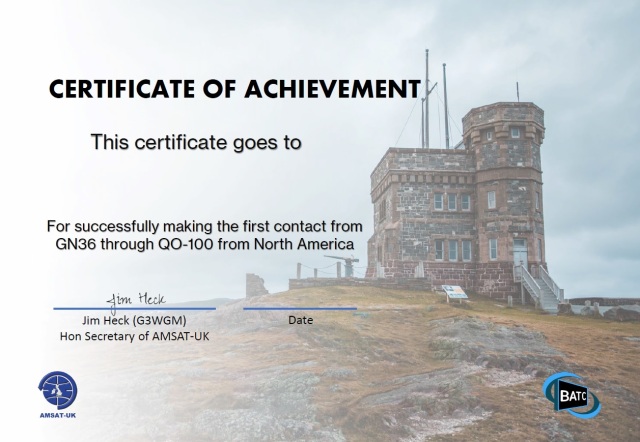 It is understandable that amateur radio operators in North America are disappointed that they cannot experience the fun of using QO100. However, although the footprint charts that have been published show that it is not possible, there have been good reports recently about the successful QO-100 expedition in Indonesia. In particular YC1HVZ/P successfully operated through the QO100 narrow band transponder from OI42DE at -1.2 degrees elevation!
It is understandable that amateur radio operators in North America are disappointed that they cannot experience the fun of using QO100. However, although the footprint charts that have been published show that it is not possible, there have been good reports recently about the successful QO-100 expedition in Indonesia. In particular YC1HVZ/P successfully operated through the QO100 narrow band transponder from OI42DE at -1.2 degrees elevation!
This success suggests that it should be possible to make contacts through QO-100 from at least one North American location.
Examination of the footprint maps and the BATC / AMSAT QO100 dish pointing tool https://eshail.batc.org.uk/point/ shows that the historic site at Signal Hill at St Johns on Newfoundland may be just the location from which to make the attempt.
There would be a lot of challenges to be overcome!
Would the usual QO100 groundstation be sufficient or would a large dish and high power on the 2.4GHz be required? Could activity include operation of DATV through the wideband transponder? As signals from the ground station will probably be relying on tropospheric ducting for the first few miles, an alternative site, lower down, near the beach, might actually be better. What time of year, and what weather conditions might be most favourable? And perhaps the biggest unknown is whether the footprint maps for QO100 reflect the actual coverage or it is squinted towards the east by a couple of degrees?
Having been involved with supporting the QARS and AMSAT-DL since the inception of QO100, AMSAT-UK and BATC would like to establish this challenge and will award trophies as follows.
The station that succeeds in having the first 2-way QSO via the QO-100 narrow band transponder when operating from Newfoundland.
The station that succeeds in having more than 100 2-way QSOs via the QO-100 narrow band transponder when operating from Newfoundland.
The station that succeeds in having the first 2-way DATV QSOs via the via the QO-100 wide band transponder when operating from Newfoundland.
Subsequent operations from Newfoundland will also be eligible to apply for a special Certificate
Watch QO-100 North America Challenge talk at 2022 AMSAT-UK Colloquium
Details of tests being planned, and general questions should be submitted by email to
awards@amsat-uk.org
Claims for trophies and certificates should also be submitted to the same address.
QO-100 Award for contact from North America Word Document Here
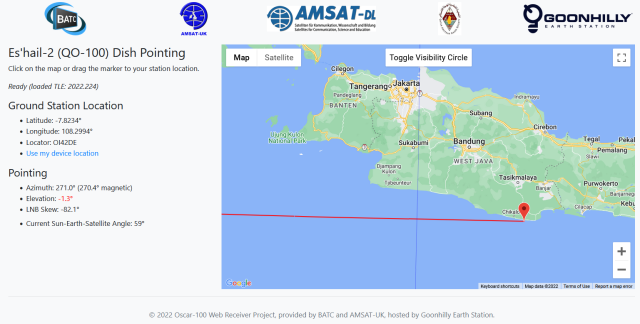
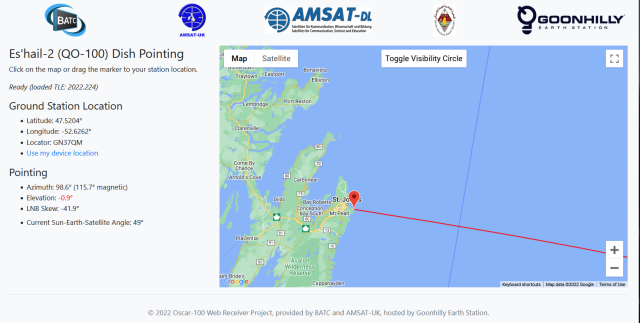


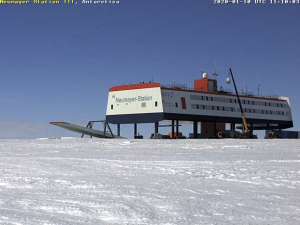
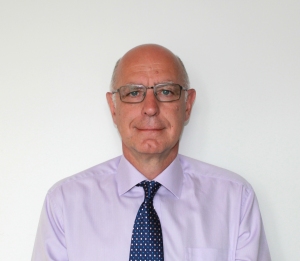
You must be logged in to post a comment.